DIY PROJECTS
for the
Self-Sufficient Homeowner
25 WAYS TO BUILD A SELF-RELIANT LIFESTYLE


Copyright 2007, 2011
Creative Publishing international, Inc.
400 First Avenue North, Suite 300
Minneapolis, Minnesota 55401
1-800-328-0590
www.creativepub.com
All rights reserved
Printed in China
10 9 8 7 6 5 4 3 2 1
Digital edition: 978-1-61060-193-1
Softcover edition: 978-1-58923-567-0
Library of Congress Cataloging-in-Publication Data
Matheson, Betsy.
DIY projects for the self-sufficient homeowner : 25 ways to
build a self-reliant lifestyle / by Betsy Matheson.
p. cm.
Summary: Step-by-step, how-to projects for home rain
collection, solar panels, food storage, solar energy systems,
eco-friendly improvements, bee keeping, and more--
Provided by publisher.
Includes index.
ISBN-13: 978-1-58923-567-0 (soft cover)
ISBN-10: 1-58923-567-3 (soft cover)
1. Ecological houses--Design and construction. 2. Sustainable
living. I. Title.
TH4860.M386 2011
643.7--dc22
2010042928
President/CEO: Ken Fund
Home Improvement Group
Publisher: Bryan Trandem
Managing Editor: Tracy Stanley
Senior Editor: Mark Johanson
Creative Director: Michele Lanci-Altomare
Art Direction/Design: Brad Springer, Jon Simpson, James Kegley
Lead Photographer: Joel Schnell
Set Builder: James Parmeter
Production Managers: Laura Hokkanen, Linda Halls
Author: Betsy Matheson Symanietz
Text Design: Lois Stanfield
Page Layout Artist: Lois Stanfield
Tech Editor: Eric Smith
Shop Help: Charles Boldt
Proofreader: Leah Cochenet Noel
Photography: Carolyn Henry-Johanson
Photo Help: Christensen FamilyScott, Lisa, Tait, Sophie; Jacquie Johnson; Springer FamilyNona, Hannah, Hayley, Helena; Scott Travis; John P. Keane; Jason Remington; Dustin Denison; Therese Krupp
Contents
Declare Your Independence
The world seems to be growing in complexity every day. While much of todays new technology makes legitimate improvements in our lives, this new electronic age has created something of a backlash. Each upgraded cellphone generation and ever-spreading factory farm distances us just a little bit farther from the days when all you needed to conquer the world was a tillable acre and a mule. The projects in this book are designed to help you close that widening gapif only just a bit.
 Self-Sufficiency vs. Green
Self-Sufficiency vs. Green
People who are interested in adopting a more self-sufficient lifestyle almost certainly subscribe to todays Green principles and to an approach to living based on stewardship. It is worth noting, however, that the projects described in this book were chosen because they result in a product, usually a consumable, that contributes directly to the pool of things you and your family need in order to liveand live well.
The decisions we make every dayeven down to which grain was used to make the flour in your morning toastare part of a chain of thousands of other decisions that, taken together, have a profound effect on the resources of our planet and the health and prosperity of our families. The urge to take back some control of our own lives and futures has never been stronger.
The good news is: You can. Whether you live in a bustling city, sprawling suburban development, or rural estate, you can achieve greater everyday self-sufficiency with relatively little effort. As self-sufficiency expert John Seymour wrote, You do not need five acres and a degree in horticulture to become self-sufficient ... self-sufficiency is about taking control and becoming an effective producer of whatever your resources allow.
DIY Projects for the Self-Sufficient Homeowner provides you with around two dozen ways to help you maximize your resources and participate in the march toward greater self-reliance. Whether you own a small balcony downtown or a couple of acres in the suburbs, you can grow much more of your own food than you ever expectedas long as you have the right tools, such as raised garden beds, compost bins, container gardens, or even a small greenhouse. Whether you have an expansive estate or a small backyard, you can raise animalsthis book will show you how to build a chicken coop, a beehive, and animal-friendly fencing. It contains many more projects related to the production and storage of food from your own homestead.

Solar panels that collect and heat air to warm cold spaces in your home are mechanisms you can build yourself and duct in to your homes existing ductwork. Learn how on .
But raising your own food is not the only way to increase your self-reliance. With new DIY-friendly technology, generating your own clean energy is easier than ever. Here, youll see exactly how to build a solar panel, install solar energy systems, and understand alternative energy sources.
The key to your self-sufficiency is to focus first on a few doable projects that fit into your lifestyle without a lot of adjustments. Most modern homeowners will not be able to maintain a fully self-sufficient home without quitting their day job, and that shouldnt necessarily be the goal for everyone. All homeowners can, however, take steps toward greater self-reliance, and partake in the satisfaction that comes from providing for your familys needs through your own effort. So get started: The time has never been better to declare your independence.
 The Self-Sufficient Lifestyle
The Self-Sufficient LifestyleSelf-sufficient living is a highly complementary practiceonce you begin, youll find that many parts of your home are connected, and that multiple systems of self-sufficiency contribute to one another, often corresponding with the natural cycles of the earth. Because of this interconnectedness, many of the projects in this book will naturally lead you to more and more projects that will help you maximize your self-sufficiency work.

Building a greenhouse is a great way for gardeners to jump-start the growing season, or to introduce new, sensitive plants to your garden. See .
For example, if you start a garden, the fruits and vegetables you grow will provide waste that will transform into the compost that will nurture next years bounty. Setting up a rainwater collection system not only reduces your reliance on public utilities, the fresh, soft water will help your plants grow healthy. The hens you are raising for their eggs control garden pests and provide free fertilizer. At the end of the growing season, youll likely be overwhelmed with vegetables, and will need to find a means to store and preserve themperhaps a basement root cellar could be a good option. And, by growing organic vegetables nurtured by compost and animal manure, you create a pesticide-free habitat for honeybees to prosper, while they, in turn, pollinate the plant life.


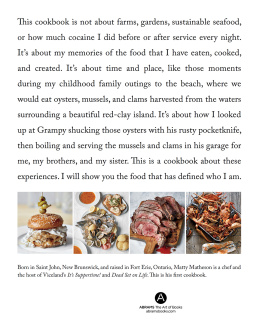


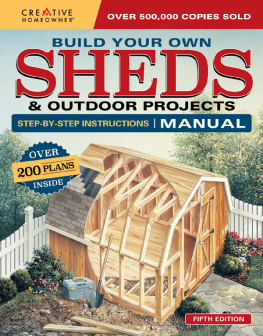
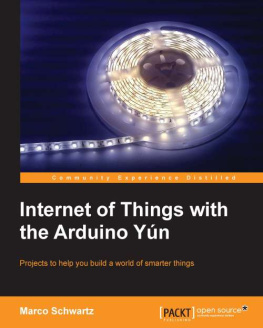
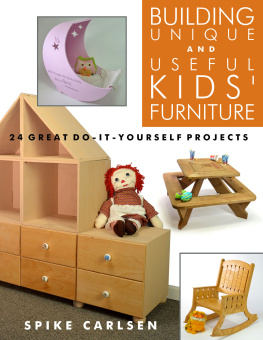
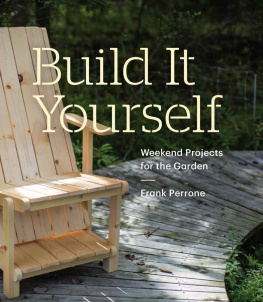

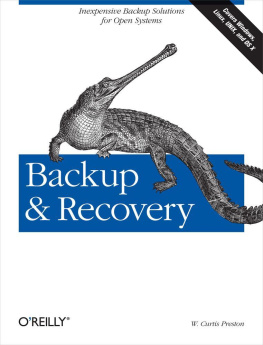




 Self-Sufficiency vs. Green
Self-Sufficiency vs. Green
 The Self-Sufficient Lifestyle
The Self-Sufficient Lifestyle